Healthy living begins with healthy eating. The social media rave about superfoods, warns about allergies that may be caused by poisonous substances, promote eating habits without sugar and starch, rave about the advantages and disadvantages of meat . . . and about organic production. With organic production the bacteria in the soil are encouraged to do the important work – feed the plants.
The word ‘bacteria’ make the hair of many people stand on end because it is just about always used in the negative sense, such as an infection – that is when it causes one to go around with a running nose, coughing and sneezing. Recently a new disease – listeriosis – made headlines. Terms like e.coli levels became common in general talk. All this has to do with bacteria. And people regard bacteria as something bad that makes you ill.
Domestic disinfectants are sold as agents which kill bacteria, and the bacteria are depicted as nasty-looking little bugs that are always ready to attack you. Bacteria are sprayed, burnt or wiped with disinfectant until they are dead. It remains one of the wonders of nature that bacteria still find a way to survive in spite of the total onslaught against them!
Humankind should be thankful that the bacteria do because, without bacteria in our world, WE cannot survive. All processes in nature will stop without bacteria. No food will be produced and your body will not be able to take up any nutrients.
In the HG Wells book, The War of the Worlds (1898), which became famous through the radio drama interpretation in 1938 by Orson Welles, the bacteria at least emerge as the conquerors. No war-making machines could subdue the Martial invaders. It was only ordinary bacteria, against which they had no immunity, which could conquer the Martians.
Instead of bacteria being honoured as international lifesavers, the attacks against them escalated in intensity after the Second World War, when a market had to be found for the chemical by-products coming off the production lines of the explosives munition factories.
Natural fertilising methods became something of the past and chemical fertilisers were marketed as the only way for the future. That was also when chemical control of weeds and pests was mooted as the future magic.
Farmers who wanted to survive economically in an extremely competitive market, had no other choice but to fall in with the fashion. They started feeding chemical fertilisers and spraying poisons because profit margins were slender and buyers expected perfect products.
Mechanisation, automation, precision farming, electronic analysis maps and satellite images took agriculture to the forefront of technological development, but all this could not change production practices to such an extent that food could be produced without chemical intervention.
With the increasing pressure for sustainability and health, the time has now arrived for new freedom of thought and new production methods which can be perfected on an economic scale. One of these methods is aquaponics – a production method imitating a natural river system environment with a balance between fish, plants and bacteria.
Aquaponics is often confused with traditional aquaculture and hydroponics because it contains elements of both, but the big difference is that a bacterial system forms a third element which allows everything to work together in harmony. Below follow the differences and principles of how it all sticks together.
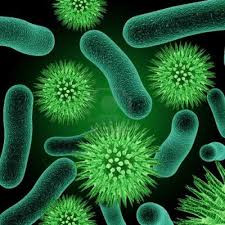
Bacteria need not be your enemy.
1. Aquaculture
Aquaculture means farming with fish, crustaceans, plants, algae and any other organisms that live in water. Natural sea fish resources are being depleted and fish farming is experiencing dramatic growth world-wide.
In South Africa aquaculture was also earmarked by the government as a key development industry in agriculture, but here it is growing at a much slower rate than in the rest of the world. However, the growth potential is unlimited.
One of the main challenges faced by fish farmers, is water usage. In a traditional aquaculture system one third of the water has to be replaced regularly and everything has to be kept clean and sterile. A variety of filters, ultra-violet illumination and desalination installations are necessary so that the water can be re-circulated.
In an aquaponics system you have to throw many of the traditional rules for aquaculture out of the window. No water is ever discarded and suddenly you and bacteria have become best friends!
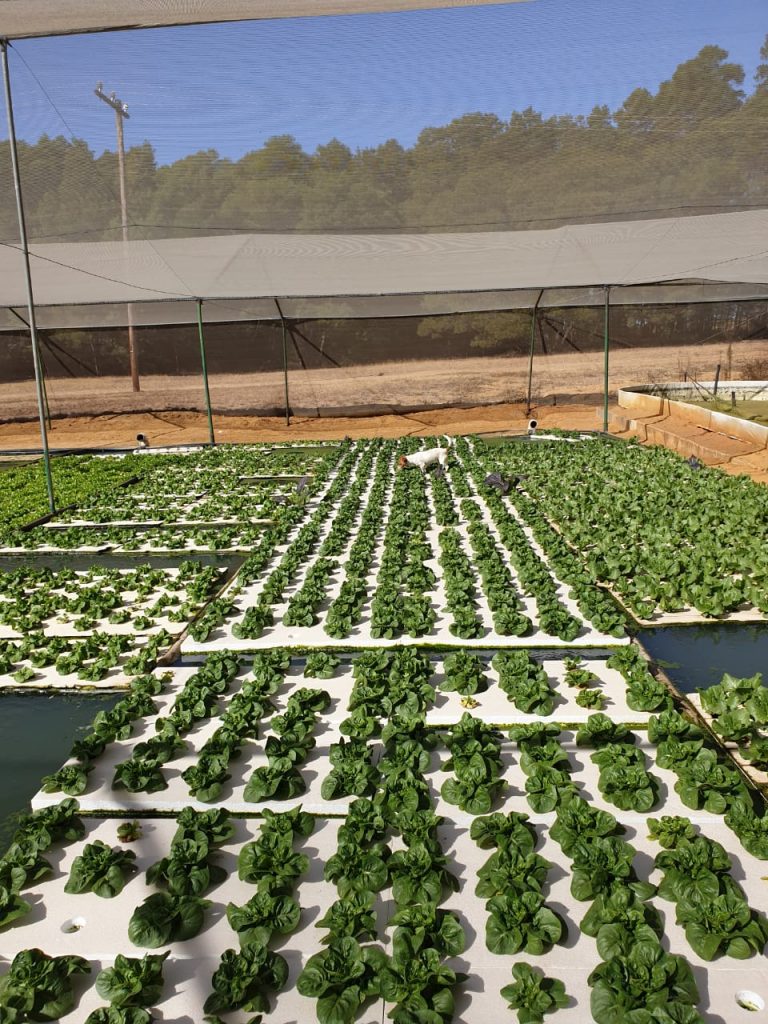
When an aquaponics system is in balance, the plants are healthy and full of vigour.
2. Hydroponics
Hydroponics is the cultivation of plants in the absence of soil. Feeding of plants takes place through the application of growing mixtures and chemical nutrients. It is normally a single crop system because the nutrient is specifically mixed only for one plant type at a time.
Some of the watering systems used, are drip-irrigation, channel systems such as NFT (Nutrient Film Technique), floating systems such as DWC (Deep Water Culture), AeroPonics and gravel covering.
Hydroponics is mainly practiced under protected conditions, such as in tunnels and net-covered structures with degrees of climate control. It is intensive and requires a certain amount of initial capital, but yields per square meter are much higher than with traditional systems. In a traditional hydroponics system everything has to be kept scrupulously sterile and clean.
Another challenge for hydroponic farmers is water usage. When the water has passed through the system, it has to be thrown away or purified one hundred percent, otherwise some of the nutrients can become intensified to a dangerous level for the plants. The water may also contain dangerous pathogens. This means that clean water and fresh fertiliser mixes are required every time.
In an aquaponics system it is also necessary to throw some of the traditional rules of hydroponics out. The same water circulates all the time through the system and here, also, bacteria become your best friends!
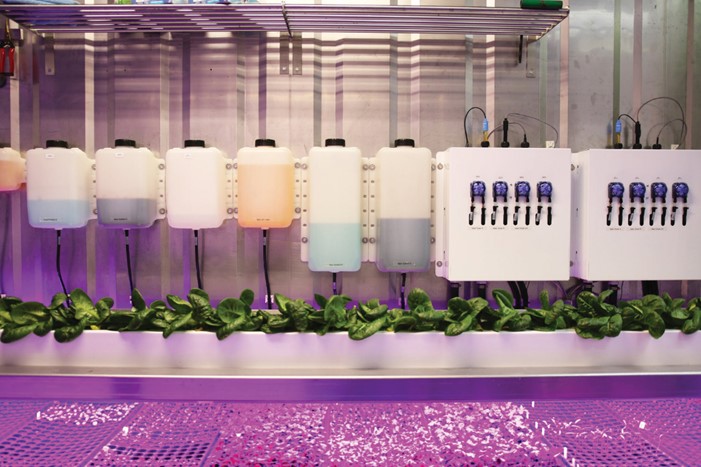
In traditional hydroponics chemical nutrients are mixed and utilised to make the plants grow. In aquaponics the fish are responsible for supplying nutrients.
3. Bacteria and other microbes
There are three bacteria systems of note:
3.1 Nitrification system: This is the conversion of the ammonia exhaled by the fish into useful nitrates. Two bacteria types are always active in nature when ammonia (NH³) is present. The higher the presence of ammonia, the more the bacteria multiply.
Nitrosamine bacteria: This changes the ammonia into nitrites (NO²).
Nitro bacteria: As soon as there are nitrites, the bacteria starts growing and the nitrites change into nitrates (NO³) – the nutrients required by plants.
Too much ammonia and nitrites in the water kill the fish! Thus it is imperative for the fish that the bacteria should do their work!
3.2 De-nitrification system: This is the reversal process where nitrates are converted into nitrogen gas, resulting in alkaline conditions. This normally happens when anaerobic bacteria take over. These are harmful bacteria which may be formed when there is an imbalance in a system, or when it had not been set up correctly with enough water flow.
3.3 Heterotrophic bacteria system: This is the degradation of solid organic material, such as fish excrement and unused fish food to release carbon dioxide, ammonia and inorganic substances. The water that remains after the solids have been dissolved or removed, are extremely rich in minerals and beneficial to plants. Mineralisation is an important part of the aquaponics process.
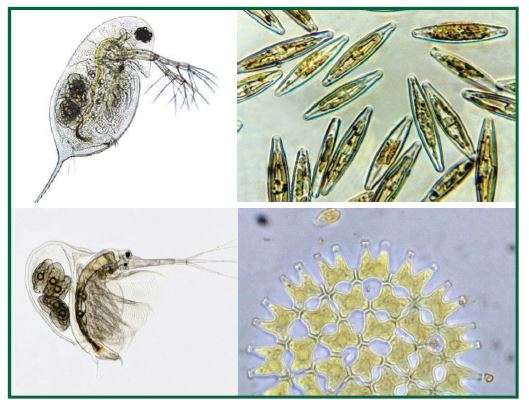
In an aquaponics system the water is a LIVING element!
Microbes:
There still are many other forms which play a role in keeping nature in balance and in aquaponics we invite them to make themselves at home.
These organisms include algae, zooplankton, phytoplankton, nematodes and many others. That is the beauty of aquaponics – it is a natural ecosystem with a variety of biological material which exist in nature. Eventually all these elements contribute to the nutrition of plants.
The microbes in aquaponics systems are not only limited to a specific place or tank – they work through the whole system and many studies have already proved that they don’t make you ill!
You can also learn how to grow healthy food for your family, or on a commercial scale for a healthy income.

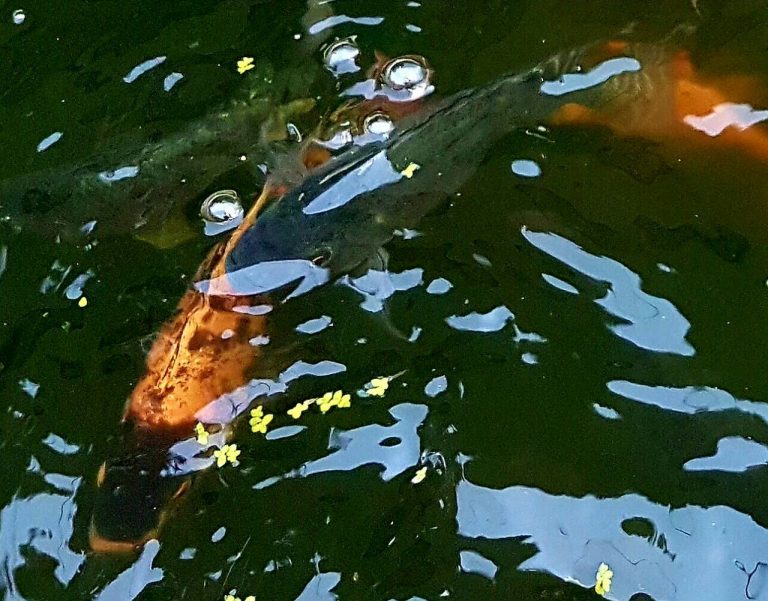








Did you know that an important factor in aquaculture / water health is maintaining a consistent diatom bloom? Managing ammonia and nitrate concentrations in finfish, shrimp and prawn farms can be a major headache.algae control safe for shrimp